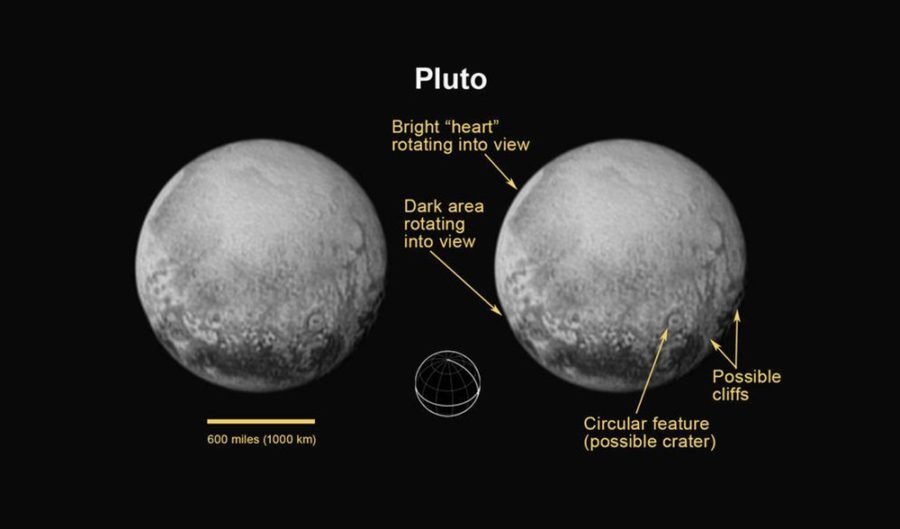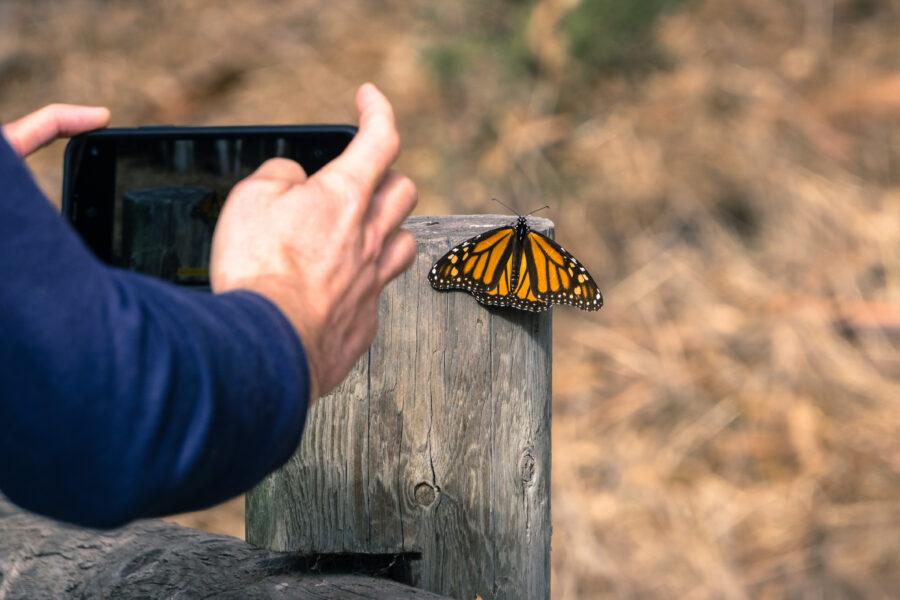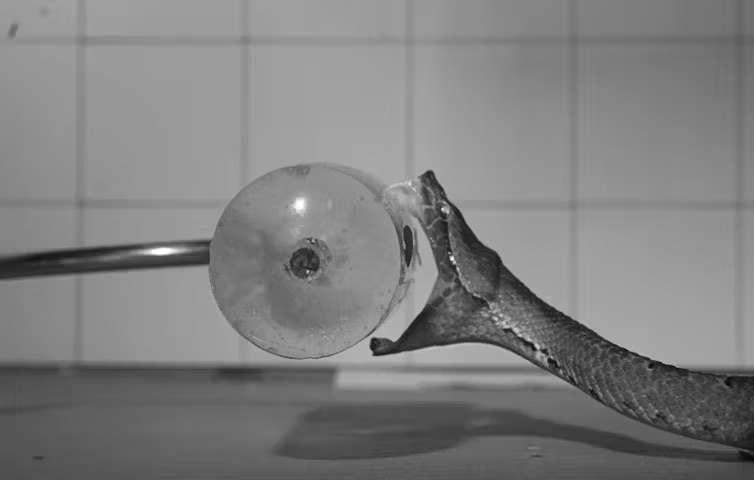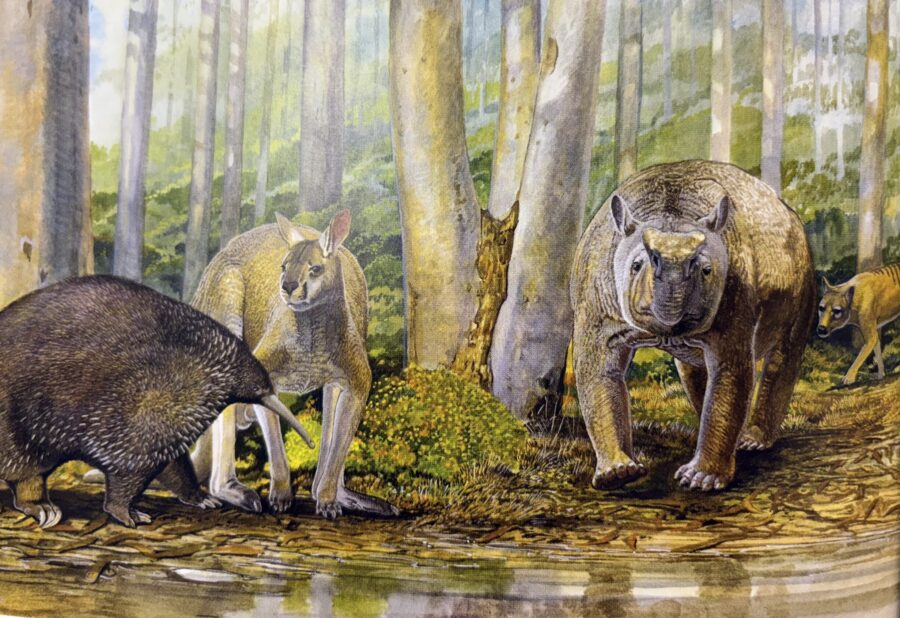Pluto revealed: What to expect of the New Horizons fly-by

What is the New Horizons mission?
- It will be the first spacecraft to visit Pluto
- It is the furthest a craft has been flown into space to start its primary mission
- It boasts the fastest speed a spacecraft has been launched from Earth, leaving the planet at almost 58,000km/h
Created by NASA and the Johns Hopkins University Applied Physics Laboratory, and launched in 2006, the New Horizons spacecraft has now been on its voyage for 3462 days (roughly 9.5 years) travelling at more than 1.4 million kilometres a day to cross a vast 5.3 billion kilometres to Pluto. With the help of a 14,500km/h speed boost from Jupiter in 2007 (see timeline below) it is currently travelling a speed of roughly 50,000km/h.
This zippy spacecraft doesn’t have the fuel needed to slow down to enter orbit or land on Pluto, instead, it began a fly-by today (14 July), and will spend an intensive 24-hour period studying and characterising Pluto. New Horizons will only be in close range of Pluto for five hours, starting at 9:50pm AEST, during which close up images of the surface will be collected.
Why Pluto’s important: Dwarf ice planets and the doughnut around our solar system
Controversially in 2006, just months after New Horizons launched, Pluto was reclassified from a planet to dwarf planet.
At roughly 70 per cent rock and 30 per cent ice, Pluto is considered one of the largest of a newish class of objects known as the ice dwarf planets, which make up a ‘doughnut’ shaped ring around our Solar System, a bit like a huge, distant asteroid belt. This is known as the Kuiper Belt and is most likely the origin of periodic comets.
A variety of scientists have hypothesised about this belt, but the name is derived from Gerard Kuiper who in 1951 suggested that the Solar System didn’t end with Neptune and Pluto, but there should be a disk of other worlds beyond them.
In the mid-1990s this belt was able to be seen for the first time. This large, icy, doughnut-shaped conglomeration around our Sun means that ice dwarf planets are the most numerous planetary objects in our Solar System and finding out more about them will be a fascinating step for scientists.
What might we see on Pluto?
- Volcanoes erupting water and ammonia?
- Ice volcanoes shooting out water vapour, crystals and ice?
- Geyser-like eruptions of nitrogen gas and dust?
Less than 24 hours ago, NASA announced New Horizons has already answered one of the most basic questions about Pluto – its size.
Mission scientists have found Pluto to be 2370km in diameter, larger than prior estimates. This result confirms that Pluto is larger than all other known Solar System objects beyond the orbit of Neptune.
Scientists don’t like to guess about what the New Horizons’ images might reveal. However, objects such as Triton (a moon of Pluto’s neighbour Neptune), which is similar in size and brightness to Pluto, surprised experts in the 1980s with spectacular volcano eruptions and geysers, viewed when the Voyager 2 flew past. While the more recent Cassini probe has revealed that Saturn’s cold moon Enceladus has ice volcanoes, shooting out sodium chloride crystals, ice and puffs of water vapour, all created by radioactive decay.
Photos taken by New Horizons on Saturday already reveal linear lines that might be cliffs, a possible impact crater and a bright heart-shaped feature that will be revealed in greater detail when the spacecraft does a fly-by beginning at 9:50pm AEST today.
New Horizons is expected to continue operating for another decade or more and the science team now hopes they can tweak the spacecraft’s flight path to allow for fly-bys of other objects in the Kuiper Belt region and its icy, unknown worlds far from the Sun.
What has Australia’s involvement been in New Horizons?
Australia has been an integral part of every deep-space mission NASA has flown, going as far back as 1957.
Today the Canberra Deep Space Communication Complex is one of the three tracking stations located in world – the other two are in the Goldstone, California, USA and Madrid, Spain.
Canberra has tracked the New Horizons spacecraft since the day it launched in January 2006, and will be the first place to receive photos as it flies into close proximity of Pluto.
TIMELINE OF THE NEW HORIZONS MISSION
19 January 2006 – New Horizons was launched from Cape Canaveral on its roughly decade-long mission to Pluto
28 February 2007 – New Horizons flies by Jupiter in an effort to shave three years off the flight. Curving the flight near the giant planet gives the spacecraft a gravity assist that speeds up the flight.
8 June 2008 – The Saturn orbit crossing is made
29 December 2009 – New Horizons makes it to the halfway point on the journey
18 March 2011 – The mission orbits Uranus
25 August 2014 – New Horizons heads past Neptune
December 2014 – The spacecraft is awakened from its seven year hibernation period in preparation for its documentation of Pluto
May-June 2015 – The best photos ever taken of Pluto come in from New Horizons
14 July 2015 – New Horizons makes its closest pass to Pluto in the past year
2017-2020 – The spacecraft will continue past Pluto to explore the Kuiper Belt
Timeline by Madeleine van der Linden




